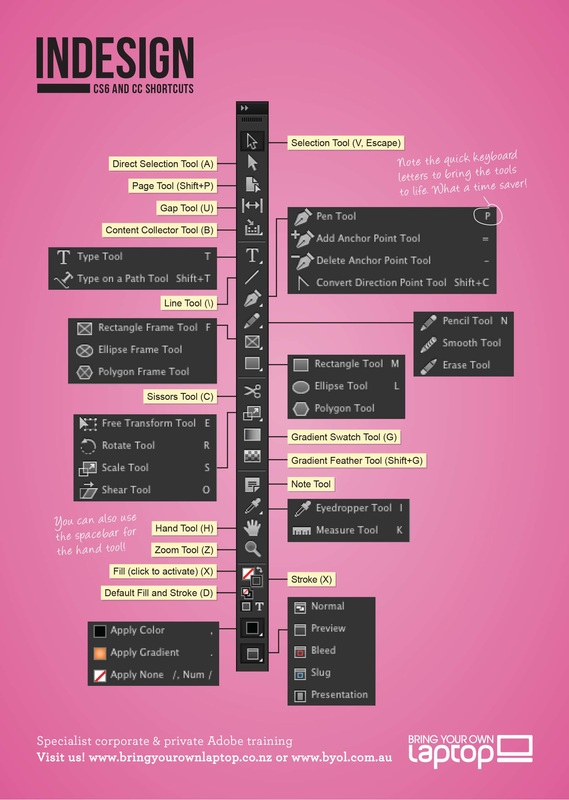

The last line of each Word file is a paragraph return on its own and.This script requires that you first place all the Word files into an InDesign file. Solution Two: The Merge Textframes Script by Justin Putney In a nutshell, the script provides a user interface that allows you to select a set of Word files, shuffle them into sequence, and then place them into a single InDesign story. This script certainly does the trick, and Peter’s site describes how to use the script better than I could here. Note the buttons to the right of the user interface. Solution One: The Place Docs Script by Peter KahrelĪbove – a sample of the script in action to import recipes for a cookbook. So to accomplish the task, we need a little help from a script. True, the text can be placed into a document and then threaded by hand afterwards, but this is inconvenient, especially when you have hundreds of text frames to thread together. Regardless of which import technique you use, or which buttons you hold when placing text, InDesign will only place one story into a frame. By default, InDesign will allow content from each file to be placed into its own frame, but not into the same frame, and this came as quite as a surprise. And also you need to define the styles of the text using the correct tools.A colleague recently asked me how to import 200+ Word files into one threaded story within InDesign.

So you make some visuals and insert them into Word, either using the Headers and Footers options of the document or inserting them as images and configuring the type of flow they need in the document.Īnd you need to define margins and columns with the tools Word has for them.

You need to think in terms of Word, how it works, how it pushes elements or allow to wrap text around them. Simply export them as PNG with a resolution around 150ppi.īut you can not convert a template made in Indesign to Word. That is why the process normally is Word (used to write the content of a document) to InDesign (Used to shape that content and prepare it with print quality).īut let me assume the thing you need is "good enough graphics" so people using Word can print in the office some elements designed in Indesign. So all that goes to the drain when you embed something inside a Word document. "Print quality" as you are asking in a Graphic Design forum has very specific meanings, mainly, correct resolution, no visible compression, embedded color profiles, vector based texts, specific CMYK values corresponding to the color profile and some extra capabilities like defining overprint. InDesign to Word, here is another contradiction. There is a contradiction between some concepts in your question.


 0 kommentar(er)
0 kommentar(er)
